Blender
The blending container can be made of glass, plastic, stainless steel, or porcelain, and often has graduated markings for approximate measuring purposes. In cases where the blades are removable, the container should have an o-ring or gasket between the body of the container and the base to seal the container and prevent the contents from leaking. The blending container is generally shaped in a way that encourages material to circulate through the blades, rather than simply spinning around.
The container rests upon a base that contains a motor for turning the blade assembly and has controls on its surface. Most modern blenders offer a number of possible speeds. Low-powered blenders require the addition of some liquid to operate correctly. In these blenders, the liquid helps move the solids around the jar, bringing them in contact with the blades. The blades create a whirlpool effect which moves solids from top to bottom, ensuring even contact with the blade This creates a homogenous mixture. High-powered blenders are capable of milling grains and crushing ice without such assistance.
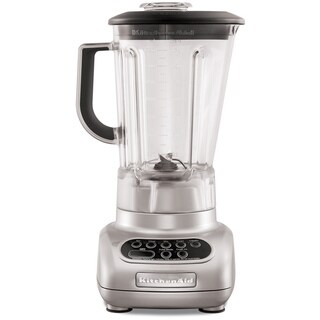

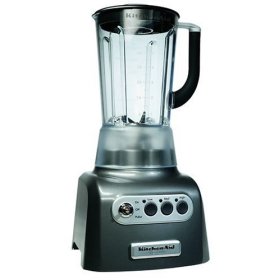



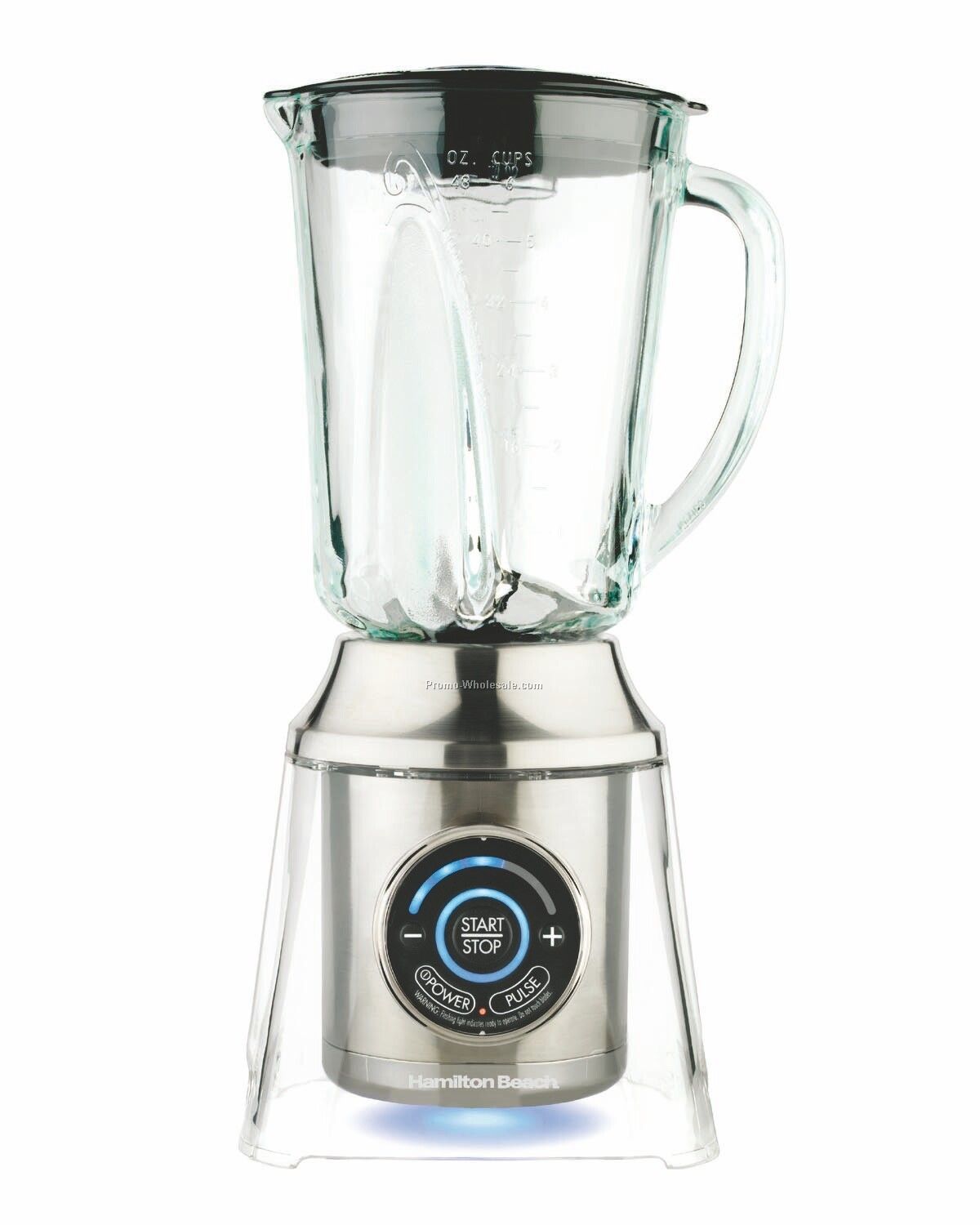




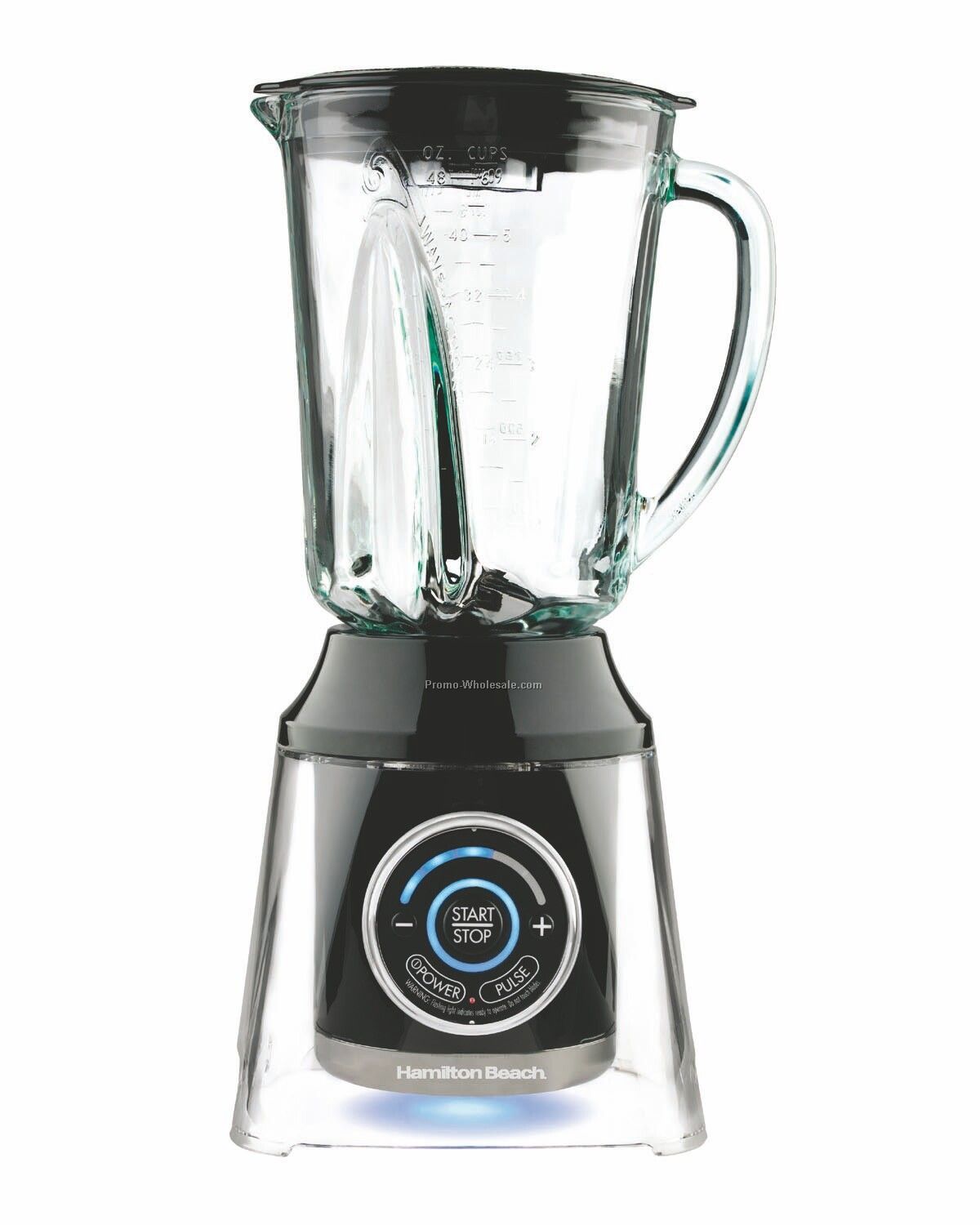



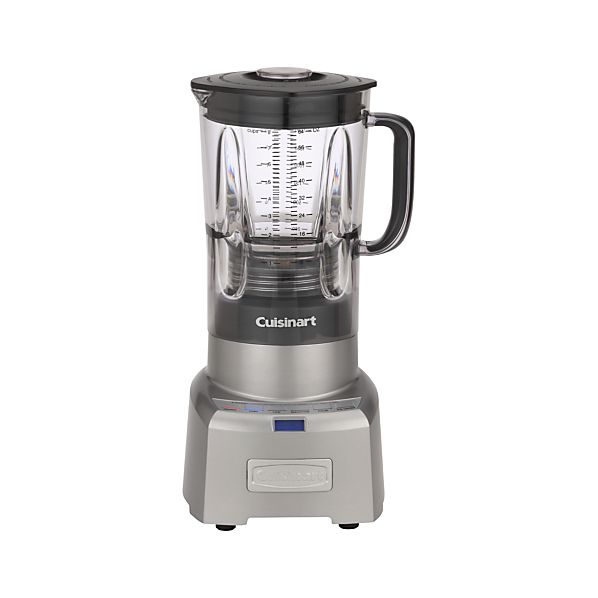
No comments:
Post a Comment